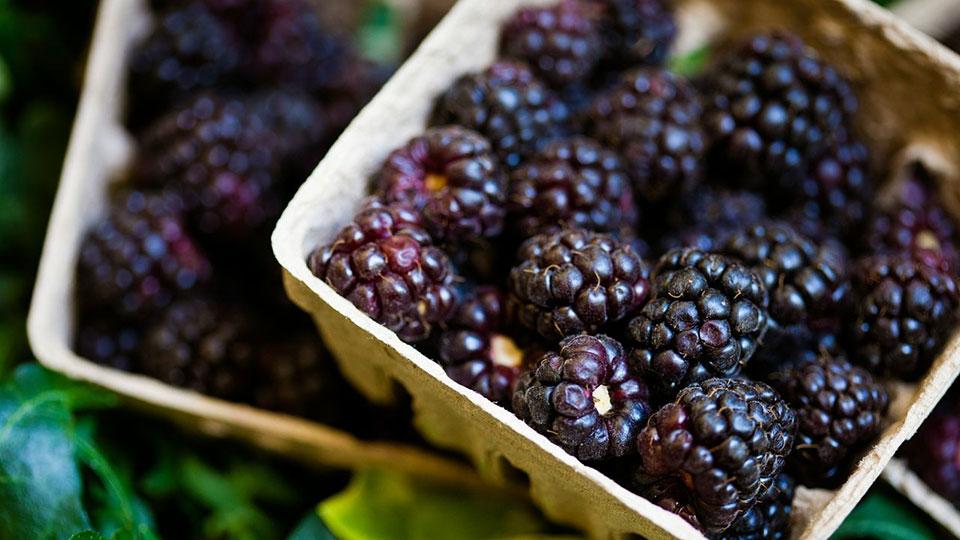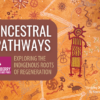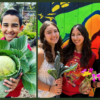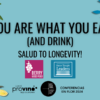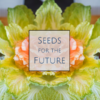Over the past seven years, the annual Berry Good Night dinner has aimed to connect and celebrate local and sustainable farmers, ranchers, fishermen, chefs, and vintners.
In September 2017 we debuted a new format (#BGN100) to increase interaction and engagement. After submitting responses to a brief questionnaire, 100 “idea ambassadors” were hand selected for their commitment toward fundamental change in our food system.
Over the course of 2018, we are profiling the participants to highlight their efforts and create greater awareness and connection within our community.
This month we focus again on local sustainable seafood and speak with the following purveyors and scientists, who are also sustainable fisheries and seafood advocates:
- Dan Nattrass, a local seafood pioneer, fishmonger and restaurateur
- Sarah Shoffler, a fisheries biologist and writer
- Heidi Dewar, a marine biologist and fisheries scientist
Dan Nattrass, FishBone Kitchen
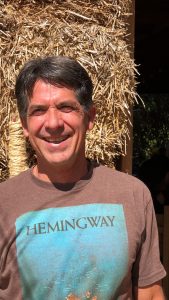
Dan Nattrass
Please tell us briefly about your work and your goals.
I am a co-founder of FishBone Kitchen at Liberty Station’s Liberty Public Market. One of our main goals at FishBone Kitchen is to promote, make aware, and bring attention to the great local seafood resources available in the San Diego region (Baja to Santa Barbara), specifically from small fleet day boats (not large industrialized mechanized fishing practices) that fish responsibly right here in the region. These fishermen are a story in themselves.
By featuring these fresh seasonal varieties in our retail case and at our raw bar, we strive to make access to fresh sustainable fish easy and take the mystery out of preparation for the consumer. The restaurant side of the operation features very simple preparation of the fresh fish with quality ingredients.
Did you make any interesting connections at BGN100?
The connections I made at BGN100 were a combo of old and new friends, and it was very cool to sit with new product innovators and beekeepers. The evening felt really integrated from all angles of food production.
Are there other ways you connect with like-minded members of the community to further your mission?
The best connections have come through this community. For example, Ubaldo Riboni’s drawing and watercolor skills are proving to be an eye-catching way to get people more connected to seafood, and we are working with him to promote local products in a way everyone can relate to.
When you’re not working, what do you enjoy doing?
When I’m not moving sea animals in wholesale or in the restaurant, I am usually cooking them in my home for my kids and playing in the ocean. We are a “seagoing” family.
Do you have a favorite seafood story or recipe you’d like to share?
I have a ton of great fish stories. Every day is an adventure with a million aspects to buying and selling. But the key is getting fishermen to buy in on the critical importance of conscientious fish handling for quality. I spent a year in rural Baja at fish camps teaching some simple but (for them) radically new ways of fish handling to significantly extend shelf life. This time was full of hilarious and tense moments trying to change embedded cultural habits.
My favorite recipe is to take any of these perfectly handled local seafood specimens and cut them fresh, add a little lemon juice and oil and eat it crudo.
Sarah Shoffler, NOAA Science Planning and Communications, Southwest Fisheries Science Center
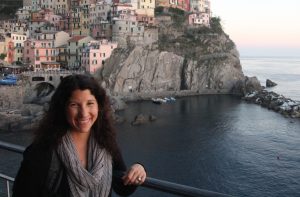
Sarah Shoffler
Please tell us briefly about your work and your goals.
As a fishery biologist for NOAA Fisheries, the federal agency that monitors and manages our fisheries and the living things in the oceans, I am passionate about the science behind sustainable seafood. Much of my work with the Director’s Office is explaining the science behind sustainable seafood, working on the cusp of science and management, both domestically and internationally. I am lucky to work with talented researchers who are committed to our mission of conserving and sustaining our ocean resources.
My research interests are examining the barriers to keeping local seafood local. With San Diego’s abundance of responsible fishermen, talented chefs who know where their seafood comes from, inquisitive fishmongers, scientists who provide the information needed for fisheries management, delicious variety of local seafood species off our coast, as well as connected and conscious eaters, I firmly believe San Diego has everything we need to be known as a sustainable seafood destination.
Did you make any interesting connections at BGN100?
I reconnected with lots of San Diego’s fishermen and other seafood folks. I connected with a goat farmer who I was able to get goat milk from this past spring and with a variety of local food entrepreneurs.
Are there other ways you connect with like-minded members of the community to further your mission?
I connect with the food community through my work – we are constantly working with our stakeholders in the fishing industry, eNGOs, managers, chefs, etc. – and through Slow Food. The local San Diego chapter of Slow Food works to connect food producers to the community and the community to our food producers through a variety of mostly free, food-forward activities and programs.
When you’re not working, what do you enjoy doing?
When not working, I am writing (usually about seafood), surfing, hiking, and enjoying San Diego’s abundant local foods with my husband and our community of like-minded eaters, producers, and family.
Do you have any favorite fish stories you’d like to share?
I write about seafood as a hobby, and can share this link to articles I have written for Edible San Diego here.
Heidi Dewar, NOAA Fisheries Biologist, Southwest Fisheries Science Center
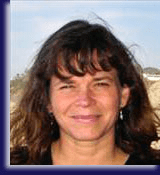
Heidi Dewar
Please tell us briefly about your work and your goals.
I am a pelagic fish biologist. My main goal, in addition to learning about fun fish, is to work towards sustainable fisheries; fish forever with fish as both a noun and verb. This work has taken many forms over the years. I have spent a lot of time collecting information on fish biology that helps us to understand patterns of fish distribution and abundance and basic life history. I have also worked closely with scientists and fisheries to improve efficiency and fishing sustainability. In some instances, we have mapped species habitats to help fishers avoid species they don’t want to catch. In others, we have worked with fishers, fish mongers, and chefs to increase utilization of fish and to reduce waste.
Did you make any interesting connections at BGN100?
Many, I specifically enjoyed learning about the delicious goat cheeses and the solar water desalinator, and I enjoyed tasting Davin Waite’s culinary creations.
Are there other ways you connect with like-minded members of the community to further your mission?
I work at NOAA’s Southwest Fisheries Science Center in La Jolla, and through my work there I get to interact with like-minded community members daily, including fishers, fishmongers, economists and chefs. I have a number of ongoing collaborative projects including waste reduction that necessitate getting together with these individuals.
When you’re not working, what do you enjoy doing?
I enjoy spending time with family, friends and my dogs, skiing, snorkeling and doing arts and crafts projects.
Do you have any favorite fish stories you’d like to share?
A few years ago, I was working in Indonesia at the Komodo National Marine Park with the World Wildlife Fund on a manta ray conservation project. I got to dive and snorkel regularly with Manta rays and would see one particular, large female every day. It was amazing to be so close to and make eye contact with such a large, graceful creature.
